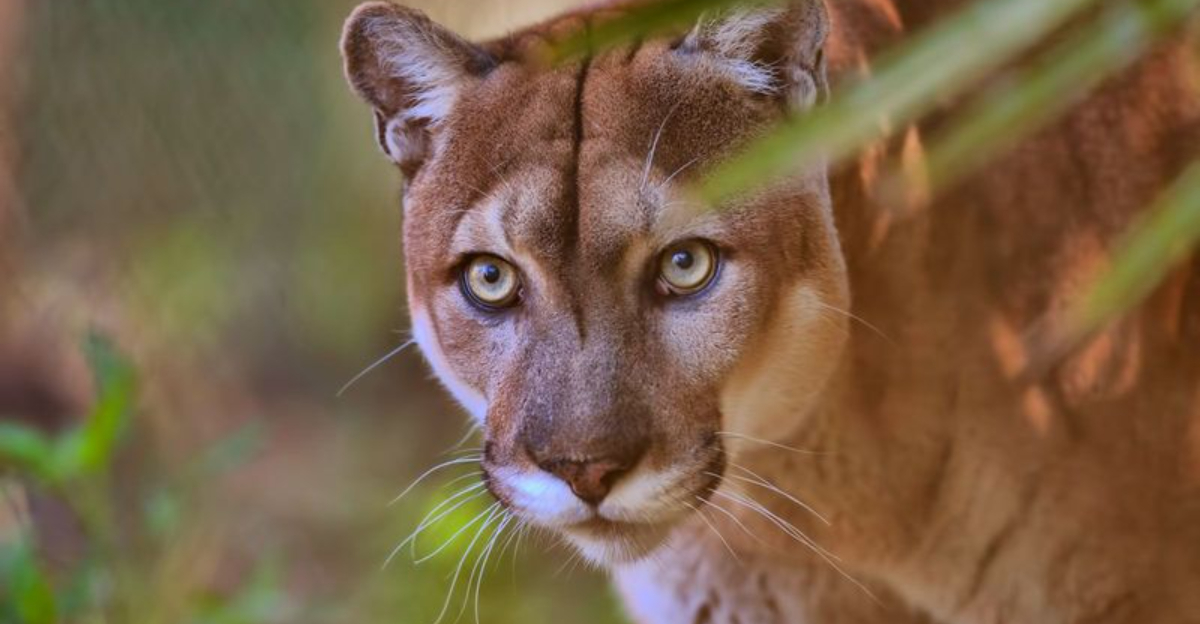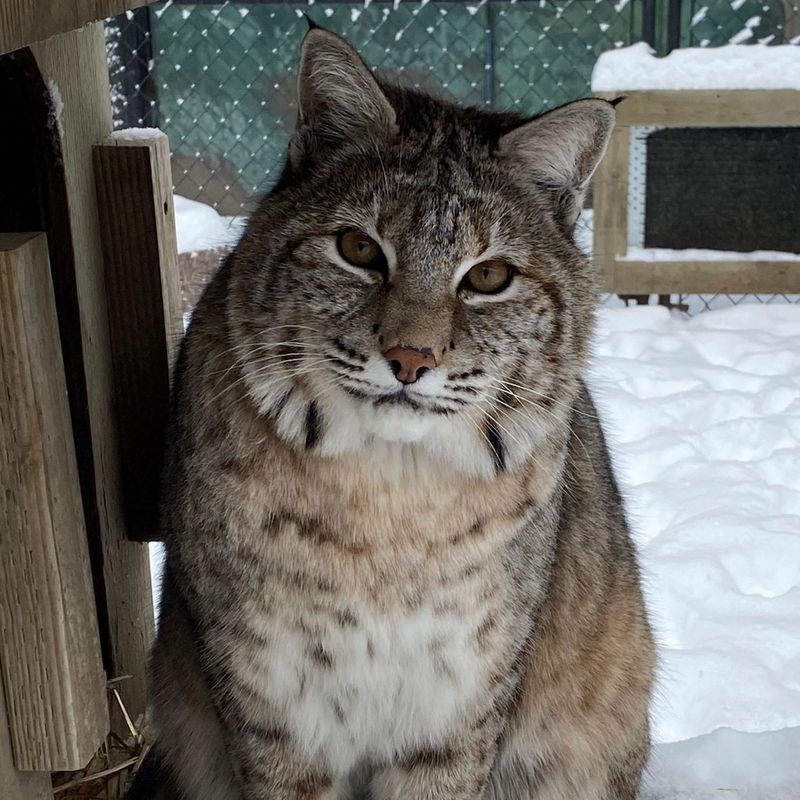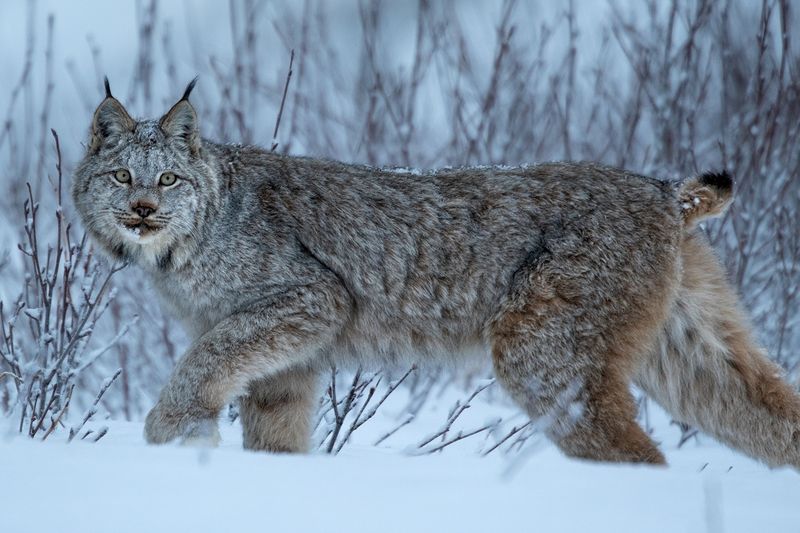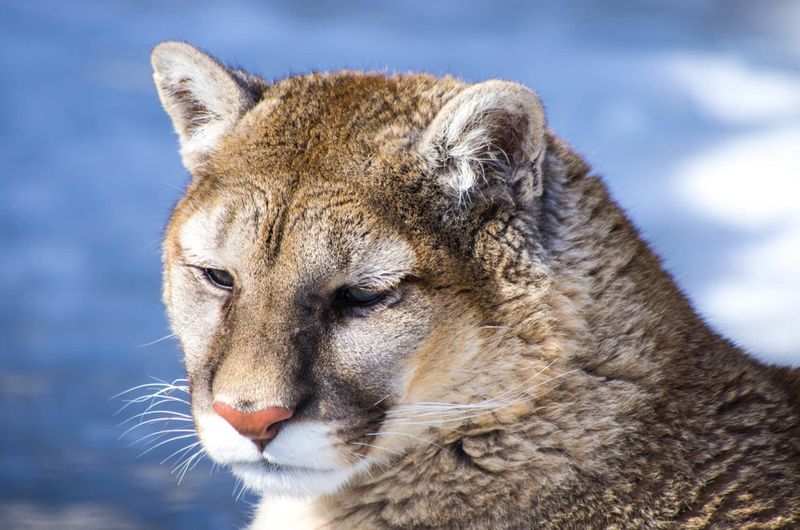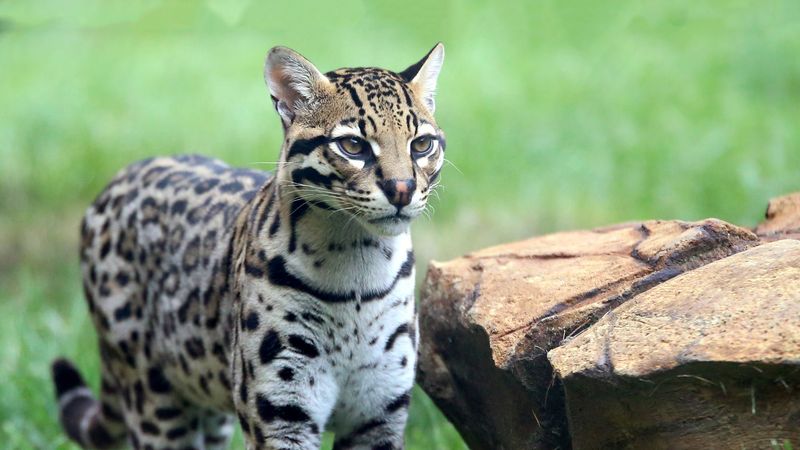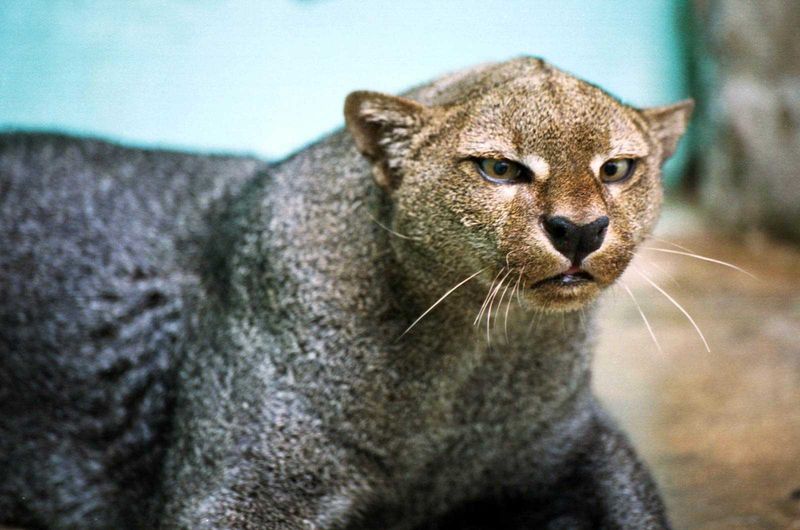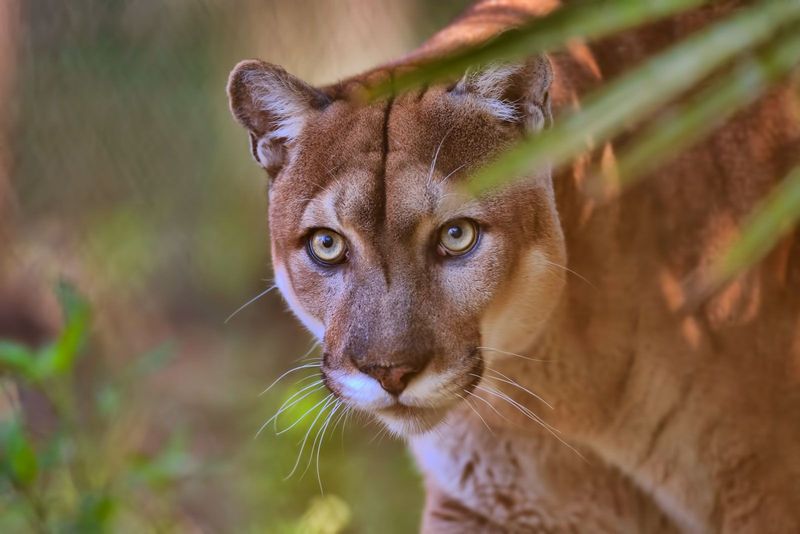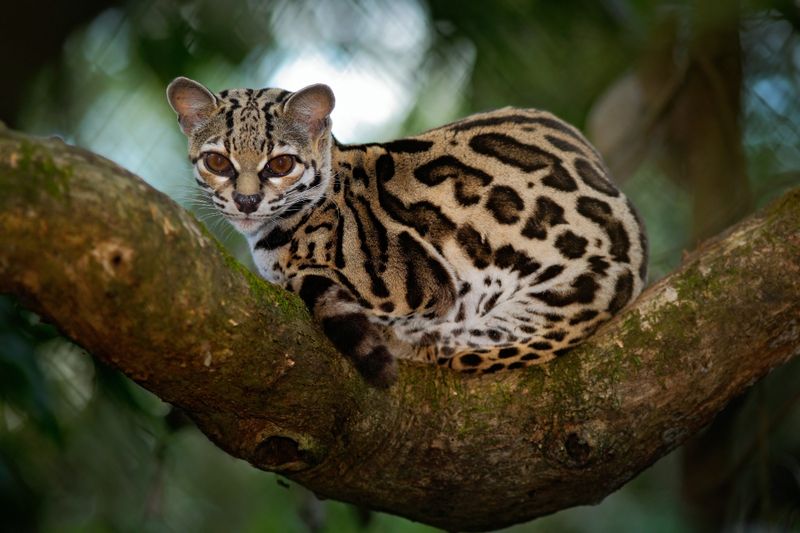📖 Table of Content:
North America is a vast land that shelters a variety of wild cats, each equipped with remarkable skills and instincts for survival. These cats have developed the ability to remain hidden, evading both predators and humans with ease. Their elusive behavior makes them subjects of intrigue and admiration for those fascinated by wildlife.
Mastering the art of stealth, these cats rely on their sharp instincts, agility, and specialized traits to remain out of sight. Whether it’s their nocturnal habits or solitary nature, their ability to avoid detection is a testament to their survival prowess. Observing them in their natural habitat can feel like a rare and magical experience, as they move silently through the wild.
From dense forests to rocky deserts, these wild cats navigate diverse landscapes with precision. Their secretive ways offer a glimpse into a world few are fortunate enough to witness. Explore the hidden lives of seven of the most elusive wild cats across North America, and discover what makes them so adept at staying under the radar.
1. Bobcat
With its tufted ears and short tail, the bobcat is a master of camouflage. These cats rely on their tawny, spotted coats to blend seamlessly into their environment. Bobcats are primarily crepuscular, meaning they are most active during dawn and dusk, times when human activity is minimal.
Their keen sense of hearing allows them to detect even the slightest movements in the underbrush, giving them a significant advantage in the wild. Bobcats are solitary animals, which reduces their chances of being spotted. By staying low to the ground and moving silently, they avoid detection.
2. Canada Lynx
Equipped with oversized, furry paws and long legs, Canada lynxes are designed to thrive in snowy habitats. Their thick fur, which has a silvery sheen, not only insulates but also provides perfect camouflage in winter.
These creatures have an incredible capacity for silence, moving through their habitat like phantoms. Canada lynxes are also known for their solitary nature, preferring to roam alone across their vast territories. Their acute vision and hearing enable them to detect prey and potential threats from a distance, ensuring they remain out of sight even in the most open landscapes.
3. Cougar
Cougars, also known as mountain lions, are adaptable predators found in various environments from rainforests to deserts. Their solid-colored fur allows them to blend into rocky terrains and shadows.
These big cats are primarily nocturnal, stalking their prey under the cover of night. They have powerful hind legs that enable them to leap great distances, often retreating to inaccessible areas when threatened. By utilizing their flexibility and strong climbing abilities, cougars can navigate their surroundings stealthily, minimizing encounters with humans and other predators.
4. Ocelot
In the dense forests and thick brush of South Texas, ocelots thrive, their spotted coats offering superb camouflage in the dappled light. These small yet captivating cats are nocturnal hunters, preferring the cover of night to explore and hunt. Their elusive nature makes them a rare and fascinating sight.
Their ability to move quietly through dense vegetation helps them evade detection by both prey and predators. Ocelots have a keen sense of smell and excellent night vision, critical for navigating their dimly lit habitats. These solitary cats are elusive by nature, often remaining hidden until they choose to reveal themselves.
5. Jaguarundi
Recognizable for its otter-like appearance, the jaguarundi is a small wild cat with a long body and short legs. Inhabiting dense bushlands and forests in parts of Texas and Central America, it uses its dark, solid coat to remain hidden from predators and prey alike. Its excellent camouflage allows it to thrive in its natural habitat.
Jaguarundis are diurnal, and their ability to move swiftly and silently during the day helps them avoid detection. They are excellent climbers and swimmers, further aiding their elusive nature. These cats use their agility and keen senses to navigate their environment, staying out of sight from potential threats and human eyes.
6. Puma (Florida Panther)
A subspecies of the cougar, the Florida panther is critically endangered and highly elusive. They inhabit the swamps and forests of Florida, where their tawny coats blend seamlessly with the environment.
These cats are mostly nocturnal or crepuscular, reducing the likelihood of encountering humans. Their large territories and solitary nature help them remain hidden. With keen senses and powerful agility, Florida panthers navigate through dense vegetation silently, making them difficult to spot even for experienced trackers. Their ability to adapt to various habitats ensures their continued survival despite heavy threats.
7. Margay
The margay is a small, agile cat native to the tropical rainforests of Central America. Their spotted coats provide excellent camouflage among the dappled shadows of the canopy. They are arboreal, spending most of their time in trees where they hunt and sleep. Their unique ankle flexibility allows them to navigate branches adeptly.
This arboreal lifestyle keeps them out of sight from ground-dwelling threats. These nocturnal cats are solitary and elusive, rarely venturing to the forest floor. Their remarkable climbing skills and keen senses help them thrive in their secluded, high-altitude habitats.
